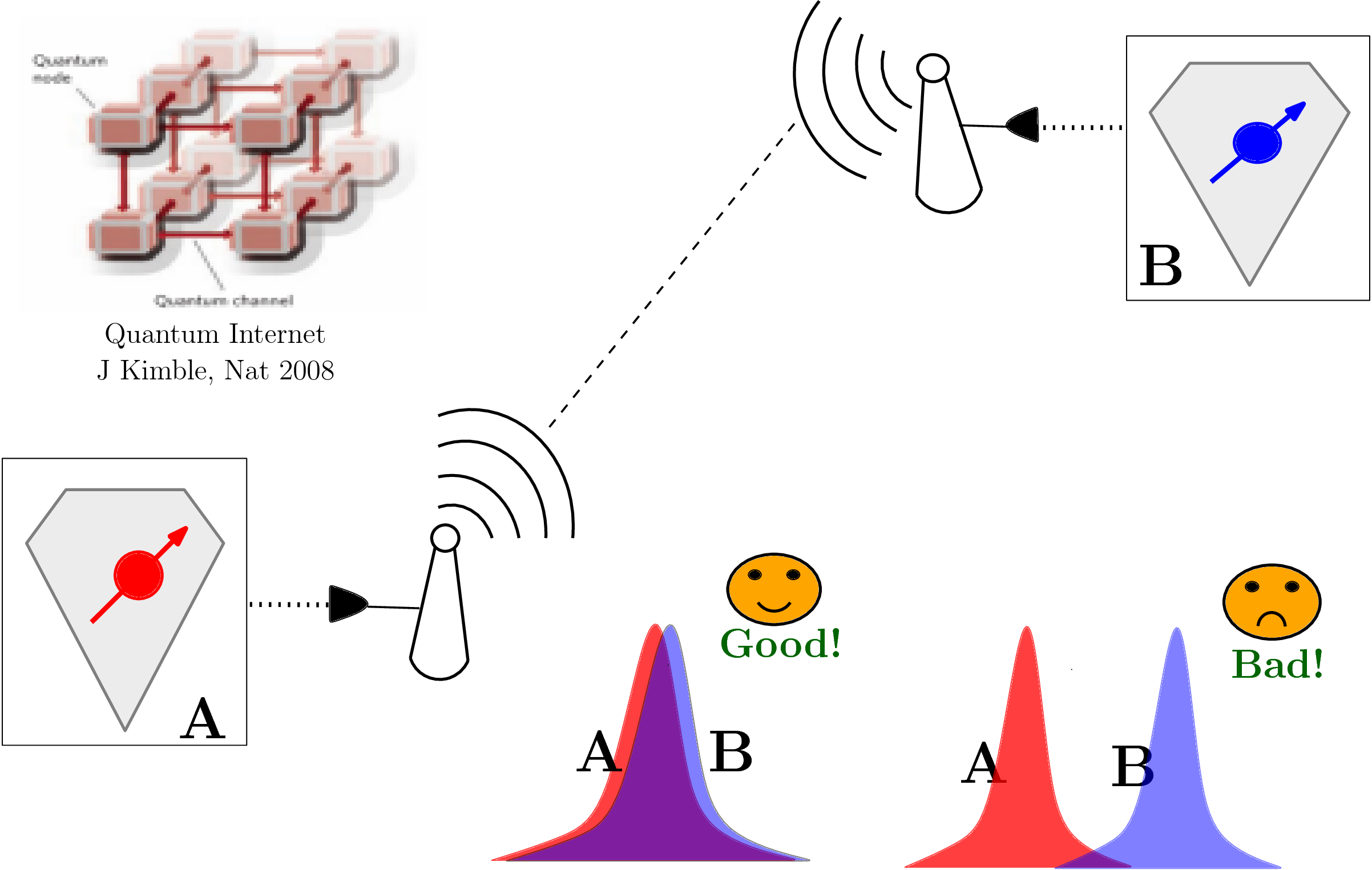Research Overview
At the beginning of the 20th century, several breakthroughs in physics led to the birth of quantum mechanics and, subsequently, to an improved description of a wide range of phenomena and to many new discoveries. Today we benefit in our daily lives from the great technological progress that followed.
Despite these dramatic technological advances, it is humbling to note that very few problems can be solved exactly when it comes to the quantum world. For the most part, well defined approximations are used to properly characterize the systems of interest. For some problems however, it is well understood that previously used classes of approximations are inappropriate.

This encompasses the family of strongly correlated systems. Here, the Coulomb interaction is of the same order of magnitude as the kinetic energy or even higher sometimes. While the wide array of energy scales at play in these materials gives them many technologically promising properties such as high temperature superconductivity, colossal magnetoresistance, heavy fermions, ..., it is also the reason why their microscopic description has been rather elusive despite decades of efforts.
With the advent of petascale computing, Computational methods coupled with analytical approaches have become valuable tools in the study of these systems. One important aspect of Computational Science is that the tools are constrained by the scaling of the available algorithms. The interesting phenomena are seldom accessible through brute force approaches. Better algorithms are needed!
Quantum Simulators and Quantum Information Processing

On the other hand, great progress has been achieved in our ability to trap and control ultracold atoms in optical lattices, allowing the experimental realization of a rich variety of physical models. These experiments are either intrinsically out of equilibrium or can be useful in modeling nonequilibrium dynamics. To analyze the results, theoretical predictions are needed and this is another instance in which advances in computational approaches provide a useful tool.
Furthermore, the exponential growth of the computer infrastructure (Moore's law), to which we have become accustomed, is now flirting with its physical limits. This means that a new paradigm will be required to further advance our computing abilities. Indeed, along with the aforementioned quantum simulators, Quantum Computing and Quantum Information Processing have seen great strides over the recent years. This is a new computing paradigm that is being built from the fundamental principles of quantum mechanics and the interaction of many-spin (qubits) systems. The prospect of quantum computing and quantum information processing has generated a surge of interest in a variety of fundamental questions related to key operations that need to be highly efficient to enable contruction of scalable quantum platforms.
My work is focused on using a combination of analytical and computational tools to study strongly correlated quantum systems in and out of equilibrium at the intersection of Condensed Matter Physics and ultracold atomic gases. I am also interested in the dynamics of quantum systems that are relevant for fundamental quantum information processing operations. In particular, I study processes that can allow optimal protection of key properties of qubits from their fluctuating environment.